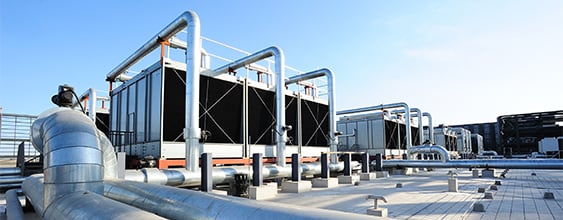On February 3 1931, New Zealand experienced its worst civil disaster when a devastating earthquake struck.
In minutes the 7.8 earthquake had changed everything, from the topography to architecture and lifestyle. It deformed the surface of the land in the surrounding area, pushing up a long dome running northeast-southwest that was 17 km wide and over 90 km long.
Sea water draining from Ahuriri Lagoon created more than 2,000 hectares of new land – now the site of Hawke’s Bay Airport.
In all, 356 people were killed and 400 required hospital care for injuries. Many of the deaths were caused by collapsed masonry buildings, fallen parapets and ornamental features.
While utterly devastating, the work carried out by the Public Works Department (PWD) was a major factor in preventing the situation from becoming worse as the organisation’s resources were directed towards reconstructing the region. This included restoring water supplies, replacing sewers, and repairing and inspecting houses before they could be reoccupied. Local survey plans and land titles had been destroyed, so all properties were resurveyed, and interim titles were issued.
The earthquake prompted a thorough review of New Zealand building codes, which were found to be totally inadequate and in 1935 earthquake design standards for buildings were introduced for the first time.
It also resulted in a significant change in emphasis within the PWD. Where previously public buildings had been the almost exclusive concern of the architects, after the earthquake the role of engineers in structural design became increasingly important.
This knowledge reshaped Napier and presented new design challenges. There are few buildings in Hawke’s Bay taller than five storeys and verandas above shop fronts — a distinctive feature of New Zealand cities — were no longer to be supported from below by posts but instead were suspended from above. Projecting ornamental features were also prohibited.
Due to the failure of traditional load-bearing masonry buildings of brick and plaster during the earthquake, modern construction methods were adopted that employed reinforced concrete for all new buildings.
As most of Napier’s rebuilding took place in the 1930s when Art Deco was fashionable, Napier architecture is regarded today as being one of the finest collections in the world.
















